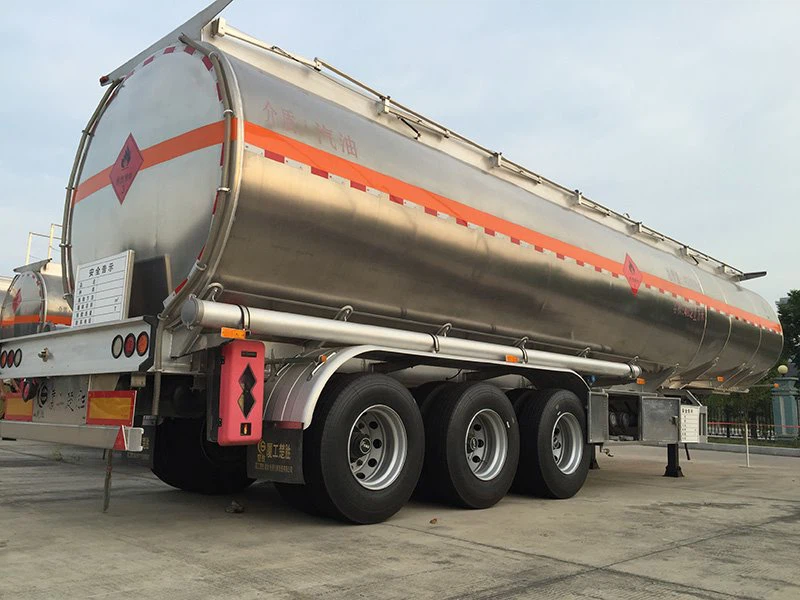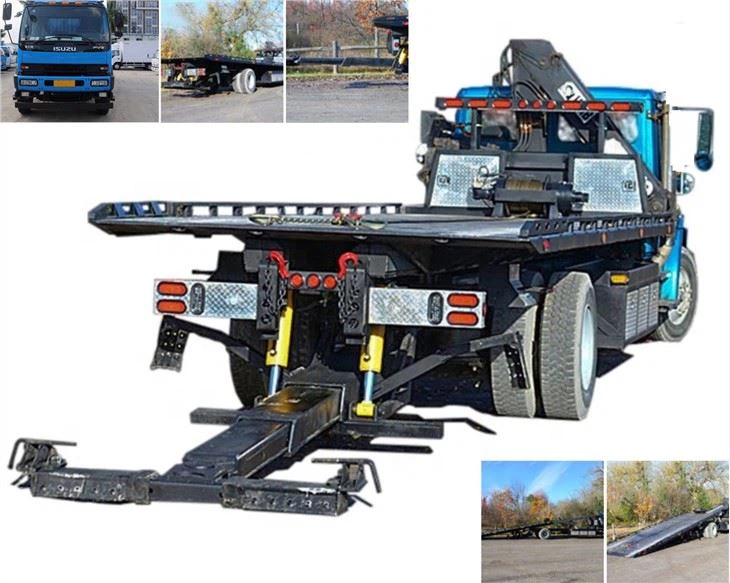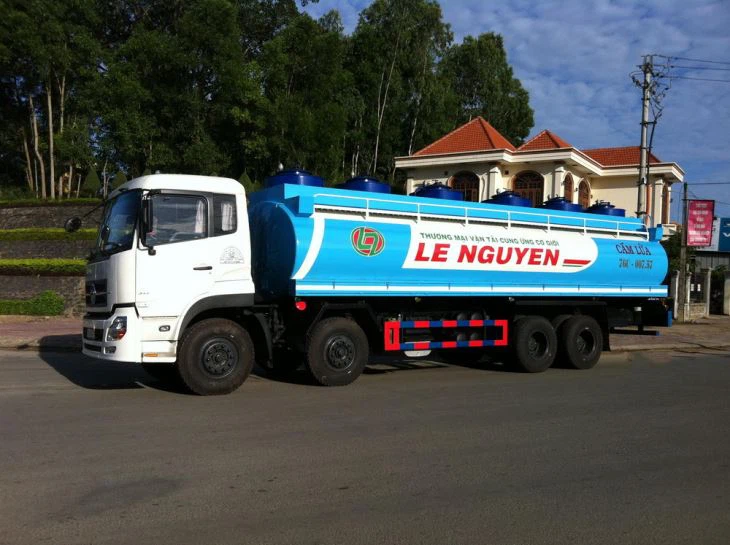Understanding Van Cab and Chassis: A Comprehensive Guide

Introduction
Van cab and chassis are often the unsung heroes of the commercial vehicle world. These versatile vehicles provide a solid foundation for multiple applications, from delivery services to emergency response vehicles. In this article, we will explore what a van cab and chassis is, its components, benefits, and considerations for purchasing one. Whether you’re in the market for a new vehicle or just looking to understand more about them, this comprehensive guide will equip you with the knowledge you need.
What is a Van Cab and Chassis?
A van cab and chassis refers to a vehicle configuration that features a cab (the driver’s compartment) and a chassis (the frame and drivetrain) designed for various types of bodies to be mounted on it. Unlike traditional vans, they do not come with a specific cargo or passenger area; instead, they offer flexibility to customize according to the user’s needs.
Key Components of a Van Cab and Chassis
The main components of a van cab and chassis include:
- Cab: The area where the driver and passengers sit, often designed for comfort and accessibility.
- Chassis: The structural frame of the vehicle, which houses the drivetrain, suspension, and axles.
- Wheelbase: The distance between the front and rear axles, significantly affecting the vehicle’s handling and stability.
- Payload Capacity: The maximum weight the vehicle can safely carry, determined by its design and materials.
Benefits of Using a Van Cab and Chassis
Choosing a van cab and chassis comes with numerous advantages, making them suitable for various commercial applications.
Customization Options
One of the standout features of a van cab and chassis is the ability to customize the cargo area. Businesses can adapt the vehicle to their specific needs, whether it’s installing shelving for a delivery truck, outfitting it as a mobile workshop, or adding specialized equipment for emergency services.
Efficiency in Payload Management
Van cab and chassis vehicles often provide a higher payload capacity compared to standard vans, allowing businesses to transport more goods or equipment at once, enhancing operational efficiency.
Durability and Reliability
Typically built on a sturdy frame, these vehicles are designed to handle tough working conditions. They are ideal for fleets that require vehicles to endure heavy use over long periods.
Improved Maneuverability
The shorter wheelbase of many van cab and chassis models can improve steering and maneuverability, which is crucial for urban environments where space is limited.
Types of Van Cab and Chassis
Van cab and chassis come in various types, each designed for specific applications. Below are some common configurations:
Cutaway Vans
Cutaway vans feature an open rear section waiting for customization. They are ideal for creating box trucks, food trucks, or even service vehicles.
Chassis Cabs
Chassis cabs provide the bare minimum in terms of body but come with a robust frame. Businesses can install any superstructure, making them versatile for differing operations.
Box Vans
Box vans are outfitted with a cube-shaped cargo area on the chassis, ideal for freight and logistics. They are often used by moving companies and delivery services.
Recreational Vehicles (RVs)
Some van cab and chassis are converted into recreational vehicles, combining living space with the durability of a commercial vehicle.
Choosing the Right Van Cab and Chassis
Selecting the right van cab and chassis for your needs requires considering a few critical factors:
Assess Your Payload Requirements
Before purchasing, it’s essential to evaluate the weight of the items you’ll transport regularly. Make sure the payload capacity fits your business needs.
Determine the Required Features
List the specific features you need, such as towing capacity, fuel efficiency, and additional comfort features in the cab. This will guide you in selecting a model that meets your requirements.
Consider the Vehicle’s Dimensions
Gauge how the size of the van cab and chassis will impact your operations. A model that’s too long may not be suitable for narrow city streets.
Budgeting and Financing Options
Establish a budget while considering not only the purchase price but also maintenance, insurance, and fuel costs. Explore financing options to find the best value for your business.
Maintenance Tips for Van Cab and Chassis
Regular Inspections
Conduct periodic inspections of the vehicle’s brakes, tires, and engine. Early detection of issues can prevent expensive repairs later.
Fluid Checks and Changes
Regularly check and replace essential fluids, including engine oil, transmission fluid, and brake fluid. Keeping these fluids at optimal levels ensures smooth operation.
Tire Management
Maintain proper tire pressure and check for wear regularly. Properly inflated tires not only provide safety but can also improve fuel efficiency.
Cleaning and Corrosion Prevention
Regularly wash the vehicle and apply protective coatings to prevent rust and corrosion, especially for those used in harsh environments.
Real-World Examples of Van Cab and Chassis Applications
The versatility of van cab and chassis manifests in various real-world scenarios:
Delivery and Logistics Services
Many delivery businesses utilize box trucks built on a van cab and chassis, enabling them to efficiently transport goods across cities.
Emergency Services
Fire departments often use customized van cab and chassis for rescue or firefighting equipment, ensuring quick response in emergencies.
Mobile Workshops
Trade professionals, such as electricians and plumbers, adapt van cab and chassis to create mobile workshops, bringing tools and materials directly to job sites.
Popular Brands and Models of Van Cab and Chassis
Several manufacturers offer reliable van cab and chassis. Below is a list of notable brands and models:

| Brand | Model | Payload Capacity |
|---|---|---|
| Ford | Transit Cutaway | Up to 4,430 lbs |
| Chevrolet | Express Cutaway | Up to 4,000 lbs |
| Dodge | Ram ProMaster Chassis | Up to 4,050 lbs |
| Mercedes-Benz | Sprinter Chassis | Up to 5,000 lbs |
FAQ Section

1. What is the primary use of a van cab and chassis?
A van cab and chassis is primarily used as a customizable platform for various applications, including delivery vehicles, emergency service vehicles, and mobile workshops.
2. How do I determine the right size for my van cab and chassis?
Consider your payload requirements, the types of loads you’ll be carrying, and the typical environments you’ll be operating in. Measure the space you’ll need for maneuvering and parking as well.

3. Are they suitable for personal use?
While they are designed primarily for commercial use, some individuals customize them for personal endeavors, such as RVs or mobile homes.
4. What kind of maintenance do these vehicles require?
Regular maintenance includes fluid checks, tire pressure monitoring, and routine inspections of brakes, suspension, and the general condition of the vehicle.
5. Which brands are best for van cab and chassis?
Some of the most reliable brands include Ford, Chevrolet, Dodge, and Mercedes-Benz, known for their robust models and customer support.
6. Can I convert a van cab and chassis into a food truck?
Yes! Many businesses utilize van cab and chassis to create food trucks, as they provide ample customization options for kitchen installations.
